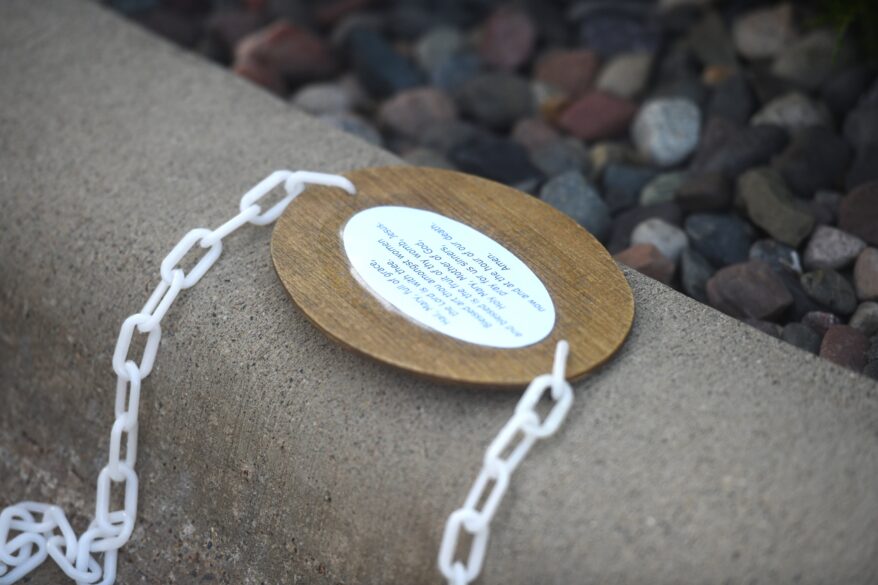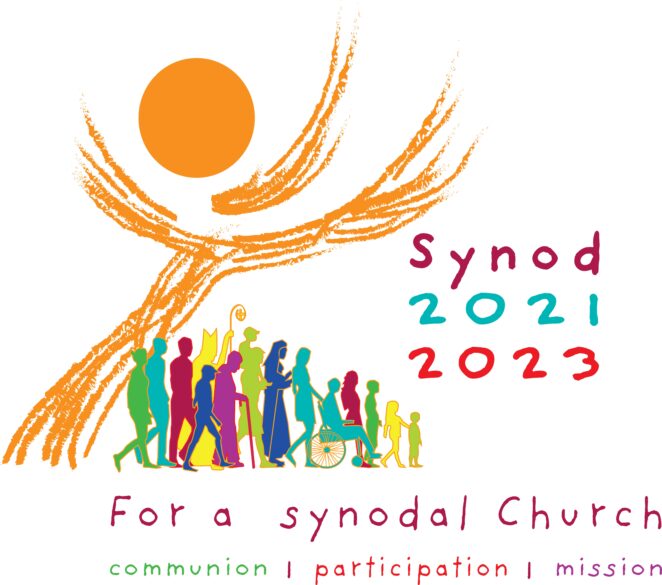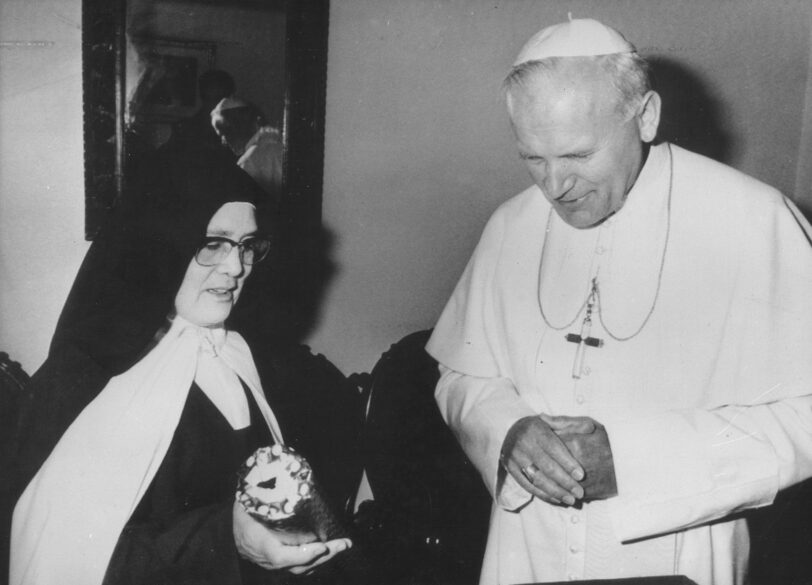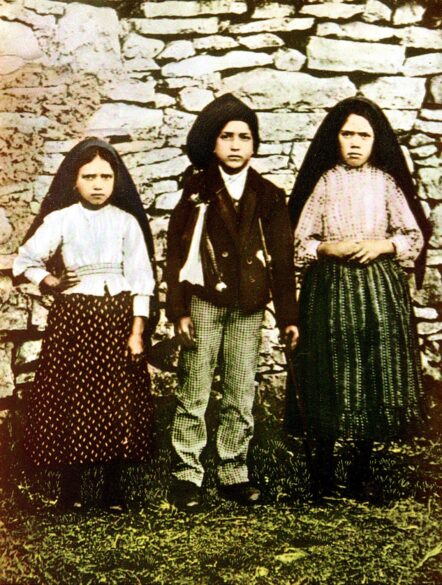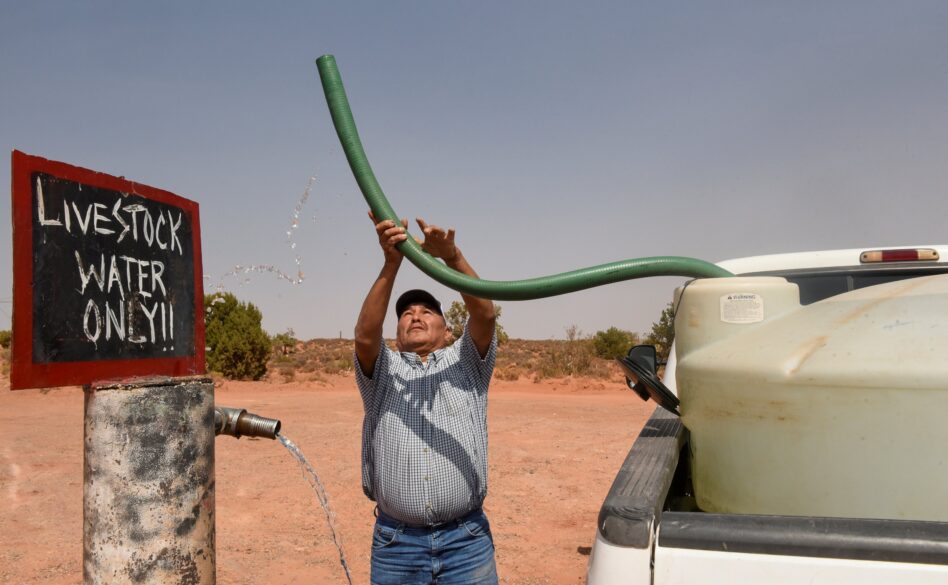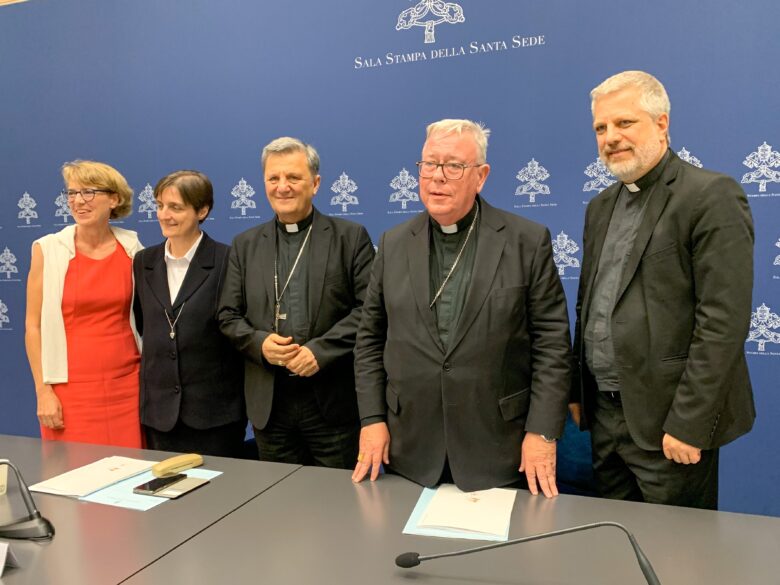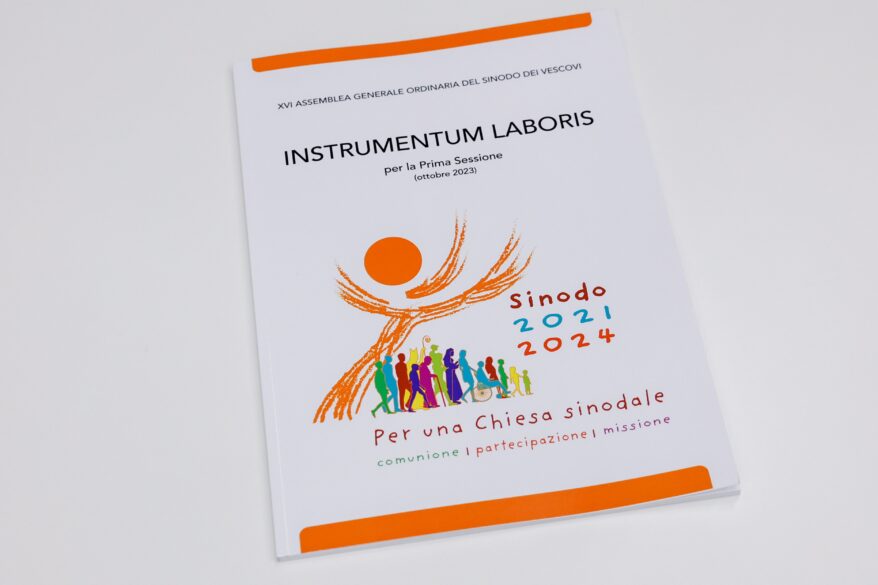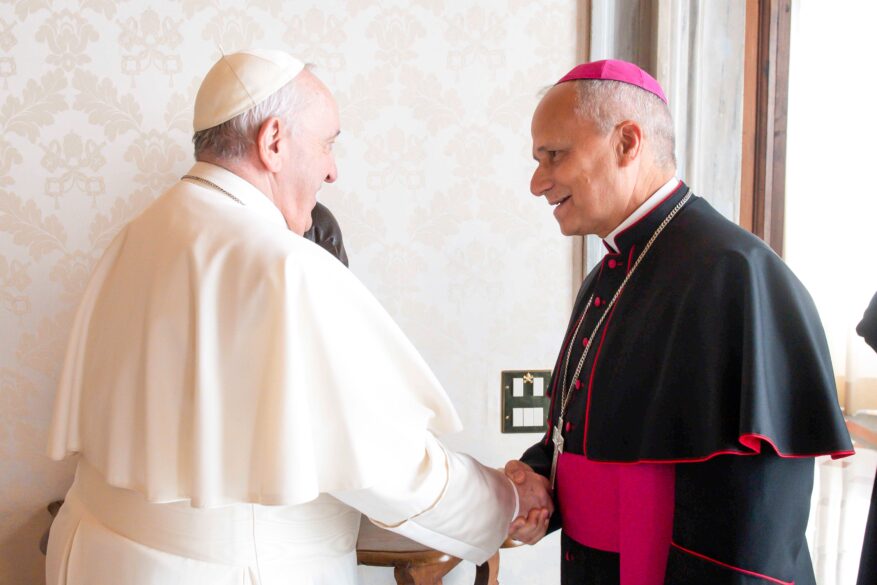NATION
BRICK, N.J. (OSV News) – An air of both excitement and reverence permeated the parish community of St. Dominic in Brick, Oct. 1, when some 1,200 worshippers gathered throughout the church complex to witness the dedication by Bishop David M. O’Connell of Trenton of a new Diocesan Shrine to Blessed Carlo Acutis and to pray with his mother, Antonia Salzano Acutis, who was visiting from Italy. Blessed Carlo was 15 when he died from leukemia Oct. 12, 2006. He had a deep devotion to the Eucharist and became known for developing a website catalog of Eucharistic miracles. He was declared venerable in 2018 and beatified in 2020. He became the first millennial to be beatified by the church. In his homily, Bishop O’Connell used the day’s Gospel to emphasize how all are called to do the right thing for the right reason. “It’s not simply a matter of our words or what we say but rather, what we do that makes a difference in life.” After the final blessing, Antonia Acutis, Bishop O’Connell and the clergy processed out of the church to the shrine for the dedication ceremony. Following the dedication, Antonia Acutis returned to the church to address the congregation. “God wants us to be awakened toward the Eucharist,” she said. Using her son’s well-known quote, “The Eucharist is the highway to heaven.”
WASHINGTON (OSV News) – Over 3,000 pilgrims from across the United States filled the Basilica of the National Shrine of the Immaculate Conception in Washington Sept. 30, drawn by a shared love of the Blessed Virgin Mary and the rosary. The first annual Dominican Rosary Pilgrimage included a day of preaching, confessions and music, culminating in a chanted rosary procession and the celebration of Mass. Nine months ago, when the Dominican friars of the Province of St. Joseph first issued an invitation to “unite … to confidently seek the intercession of Our Lady,” American Catholics responded in force. Lay pilgrims were joined by more than 80 Dominican friars and over 50 religious sisters from communities across the U.S. “I was completely overwhelmed by the joy and enthusiasm demonstrated by pilgrims,” said Dominican Father Patrick Mary Briscoe, who helped plan the pilgrimage and served as master of ceremonies for the day. “One of the best parts of the day was the demand for confessors. Many, many people sought access to the sacraments. … Pilgrims were evidently moved by the experience.”
VATICAN
VATICAN CITY (CNS) – Christian life is a battle each person must fight against the temptation to be self-sufficient and against a paganism disguised as sacredness, Pope Francis said in an introduction to a small book distributed to participants at the synod on synodality. Such “spiritual worldliness,” he wrote, “though it be camouflaged with the appearance of the sacred, it ends up being idolatrous because it does not recognize the presence of God as Lord and liberator of our lives and of the history of the world. It leaves us prey to our capricious desires.” The booklet contains two republished essays by the pope that are “united by the concern, which I feel to be a loud call from God to the entire church, to remain vigilant and to fight with the strength of prayer against every concession to spiritual worldliness,” he wrote in the introduction. Titled, “Holy, Not Worldly: God’s Grace Saves Us From Interior Corruption,” the booklet was released by the Dicastery for Communication and the Vatican publishing house Oct. 6 and was offered to the more than 350 participants attending the afternoon session of the Synod of Bishops on synodality. “I offer these texts to the reader as an opportunity to reflect on his life and on the life of the church, with the conviction that God asks us to be open to His newness, he asks us to be unquiet and never satisfied, searching and never stuck in comfortable opacity, not defended within the walls of false certainties, but walking on the road of holiness,” the pope wrote in the introduction.
VATICAN CITY (CNS) – As Catholic young people around the world prepare for the Holy Year 2025, Pope Francis has asked them to focus on hope. Before the Jubilee of Young People, which will be part of the Holy Year celebration, and the next international celebration of World Youth Day in 2027 in Seoul, South Korea, dioceses around the world are to celebrate World Youth Day on a local level on the feast of Christ the King. The Dicastery for Laity, the Family and Life announced Sept. 26 that Pope Francis had chosen as the theme for the upcoming Nov. 26 celebration “Rejoicing in hope,” from Romans 12:12. And for World Youth Day Nov. 24, 2024, he chose: “Those who hope in the Lord will run and not be weary,” drawing from the Lord’s promise in Isaiah 40:31.
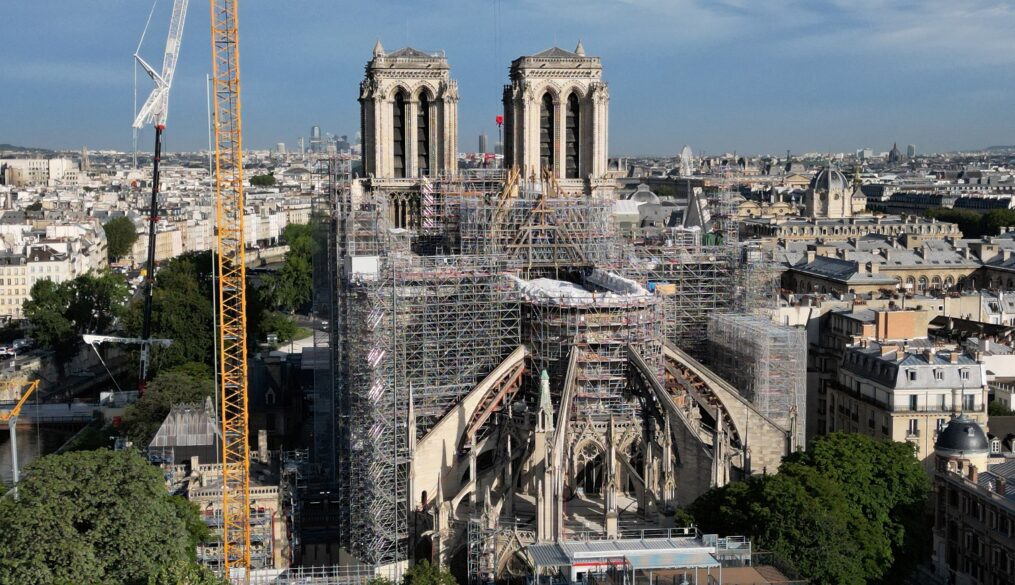
WORLD
PARIS (OSV News) – By the end of the year, the Notre Dame Cathedral silhouette will be restored: Its entire 315-foot-high spire will once again crown the transept crossing, hidden beneath a 330-foot-high scaffolding. The biggest reconstruction in France’s modern history is “a sign of hope for everyone,” the rector-archpriest of Notre Dame Cathedral, Father Olivier Ribadeau Dumas, told OSV News. A Sept. 13 statement by the public institution Rebâtir Notre-Dame de Paris (Rebuilding of Notre Dame) mentions “spectacular results” and that progress is on schedule for the cathedral’s reopening Dec. 8, 2024, as initially announced. The spire collapsed dramatically during the fire that devastated France and the world on April 15, 2019, destroying part of the nave vaults and the transept crossing. Once rebuilt, the transept crossing vaults will be reassembled, like the other vaults already rebuilt or consolidated. The spire will be gradually unveiled over the first half of 2024, when it is covered with its roof to protect the wooden framework. In 2018, before the fire, there were close to 12 million visitors a year to Notre Dame. An estimated 14 million to 15 million a year are expected once the cathedral reopens. About 340,000 donors from 150 countries raised almost $900 million in donations. Among them are thousands of Americans, especially through the Friends of Notre-Dame de Paris foundation.
MEXICO CITY (OSV News) – A Nicaraguan priest has been reported kidnapped from his parish residence as the country’s increasingly totalitarian regime continues cracking down on the Catholic Church and silencing all dissenting voices. Father Álvaro Toledo was taken by police at 10:30 p.m. local time on Oct. 5, according to a Facebook post from Radio Stereo Fe, which belongs to the Diocese of Estelí. Father Toledo was identified on social media as pastor of Our Lady of the Assumption Parish in Ocotal. His abduction marked the latest in a wave of kidnappings carried out against priests in the Estelí Diocese, located in the country’s northwest, where imprisoned bishop Rolando Álvarez is apostolic administrator. Three other priests in the diocese have been reported abducted from their parishes in less than a week. Father Ivan Centeno, pastor of Immaculate Conception of Mary Parish in Jalapa, and Father Julio Norori, pastor at St. John the Evangelist Parish in San Juan del Río Coco, were abducted Oct. 1 by plain-clothed individuals. Nicaragua media later reported Father Cristóbal Gadea, pastor of the Our Lady of Mercy in the Diocese of Jinotega, was also abducted on the night of Oct. 1. The priest was lured from his parish residence and arrested, according to 100% Noticias.

